- 631-796-2804
- [email protected]
- Mon - Fri: 6:30AM - 5PM
Cost-effective oil and stone installation that handles Long Island weather without breaking your budget.
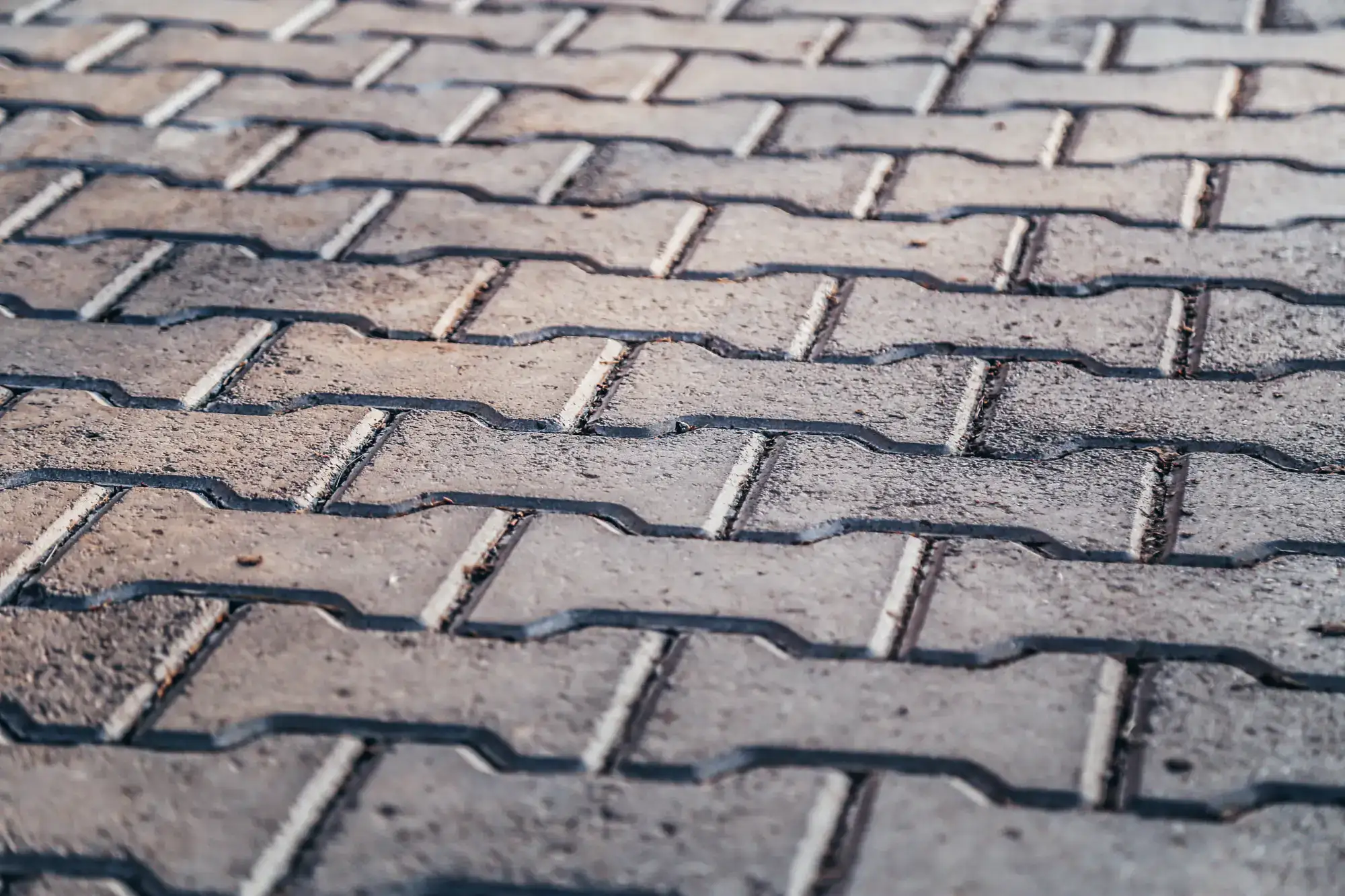
Hear from Our Customers
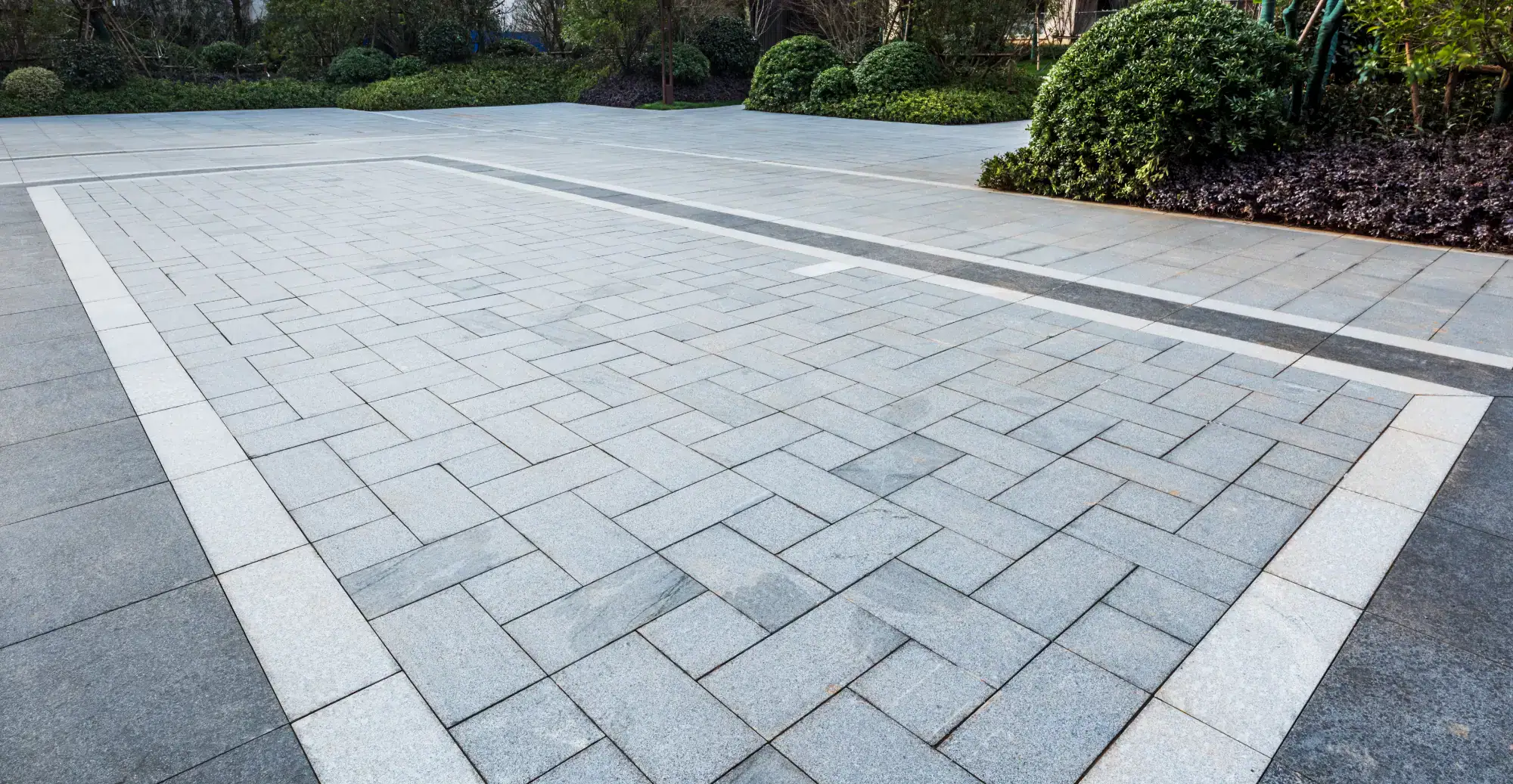
Your driveway stops being a problem. No more worrying about cracks spreading every winter or water pooling after storms.
Oil and stone driveways give you the durability you need at a fraction of the cost of full asphalt replacement. The stone surface provides excellent traction year-round, while the oil base creates a flexible foundation that moves with temperature changes instead of cracking.
You get a driveway that drains properly, looks good, and doesn’t require constant repairs. Most homeowners in Smith Point save 30-50% compared to traditional asphalt while getting a surface that actually performs better in our climate.
We’ve been handling driveway projects across Long Island for years. We understand how coastal weather, sandy soil, and freeze-thaw cycles affect different paving materials.
Most contractors treat every driveway the same. We don’t. Smith Point properties have specific drainage challenges and soil conditions that require the right approach and materials.
You’re working with contractors who live here, work here, and know what actually holds up in this environment.
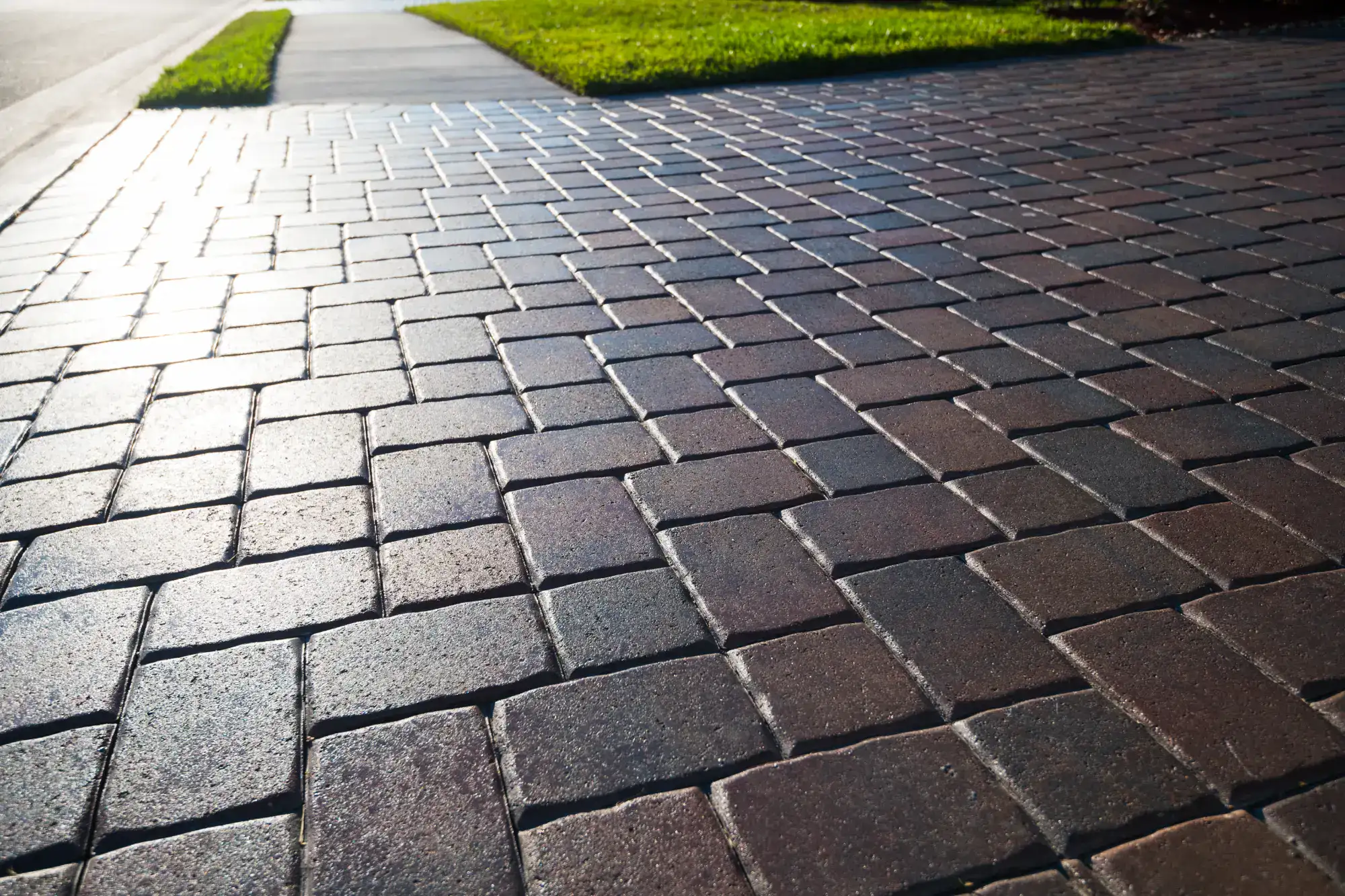
First, we prepare your existing surface. If you have old gravel or deteriorated asphalt, we grade it properly and ensure good drainage. This foundation work determines how well your driveway performs long-term.
Next, we apply a hot oil emulsion evenly across the surface. This isn’t just spraying and hoping – the oil needs to be applied at the right temperature and coverage rate for your specific conditions.
Then we spread and roll the stone aggregate while the oil is still tacky. The timing here matters. Too early or too late and you don’t get proper adhesion. We use locally-sourced stone that’s sized correctly for Long Island applications.
The whole process typically takes one day for most residential driveways. You can usually drive on it within 24 hours, though we recommend waiting 48 hours for full curing.
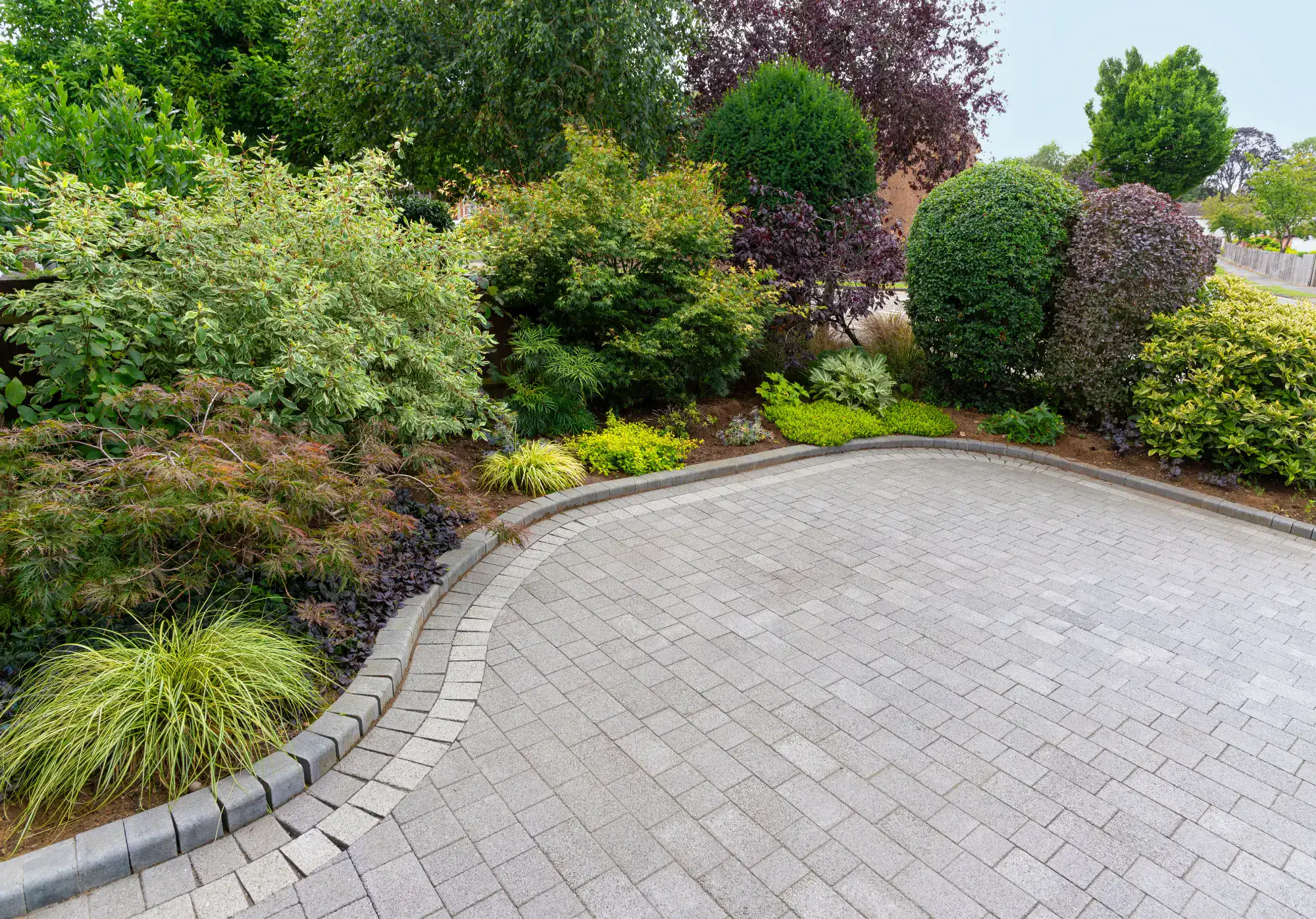
Ready to get started?
Oil and stone driveways work differently than asphalt or concrete. The stone surface allows water to drain through instead of pooling on top. This prevents ice formation and eliminates most water damage issues.
The flexible oil base moves with ground movement and temperature changes. Instead of developing cracks like rigid surfaces, oil and stone adjusts and maintains its integrity. This is especially important in Smith Point where we get significant temperature swings.
Maintenance is straightforward. Small areas can be patched easily without major repairs. The surface actually improves over time as traffic helps compact and seal the stone. Most homeowners find they spend far less on upkeep compared to traditional paving options.
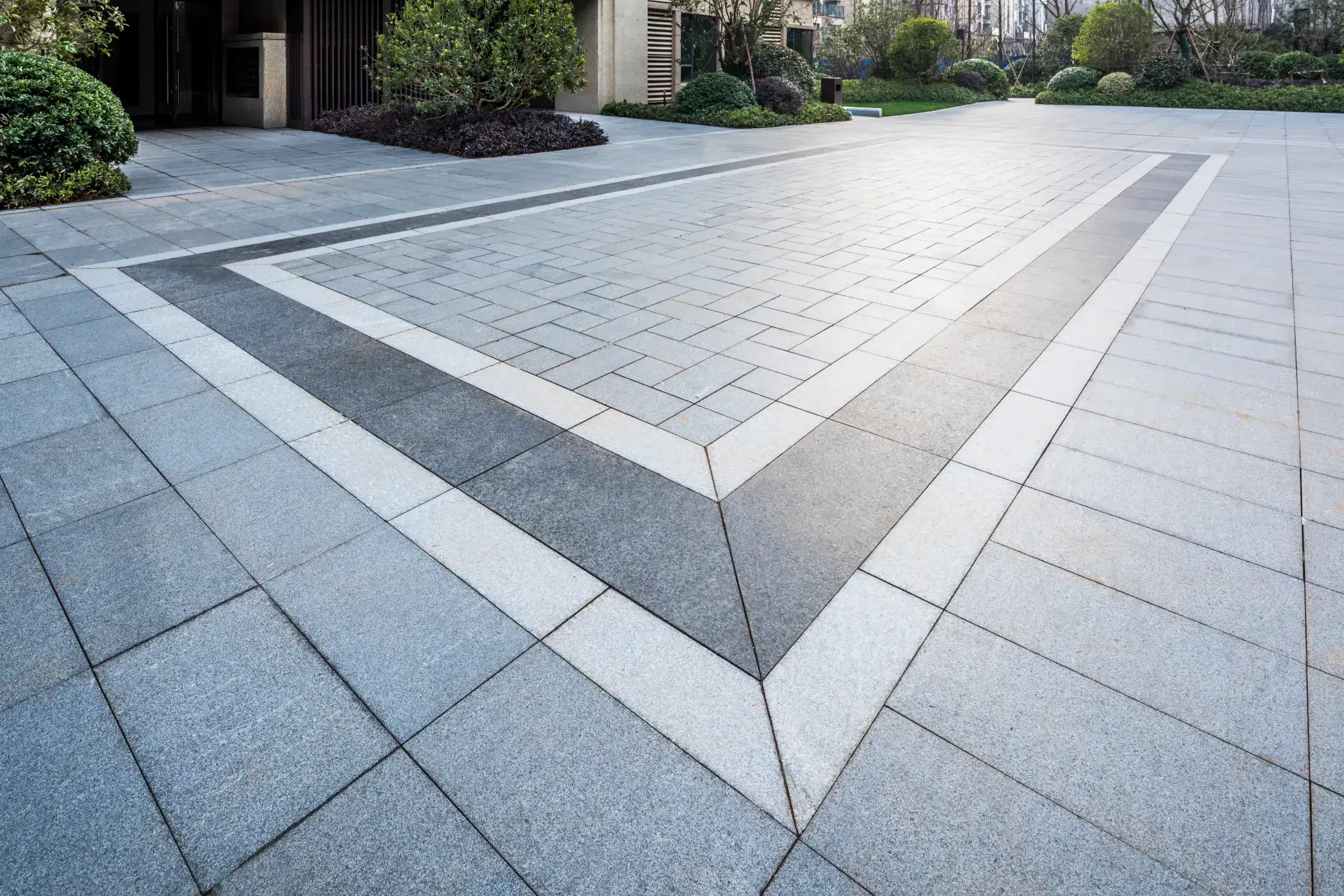

We are a family owned and operated paving contractor servicing customers on the East end of Long Island. We specialize in all phases of paving from start to finish.